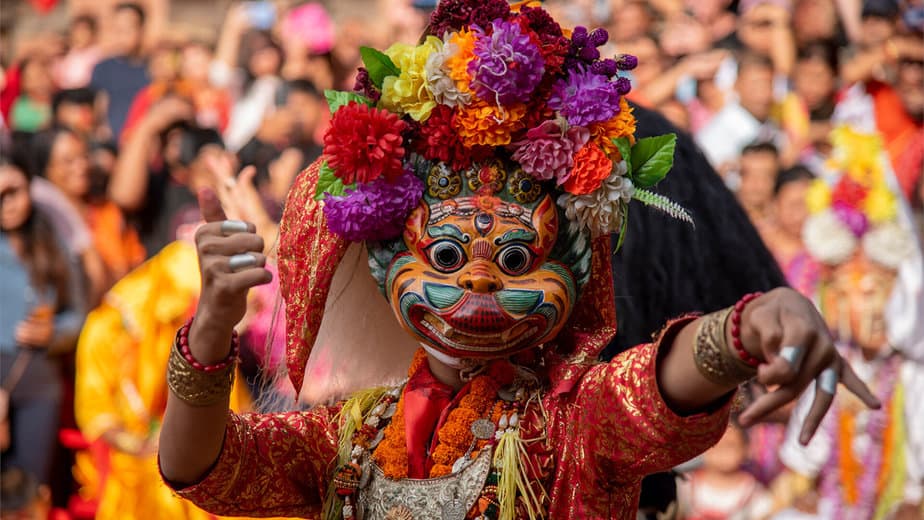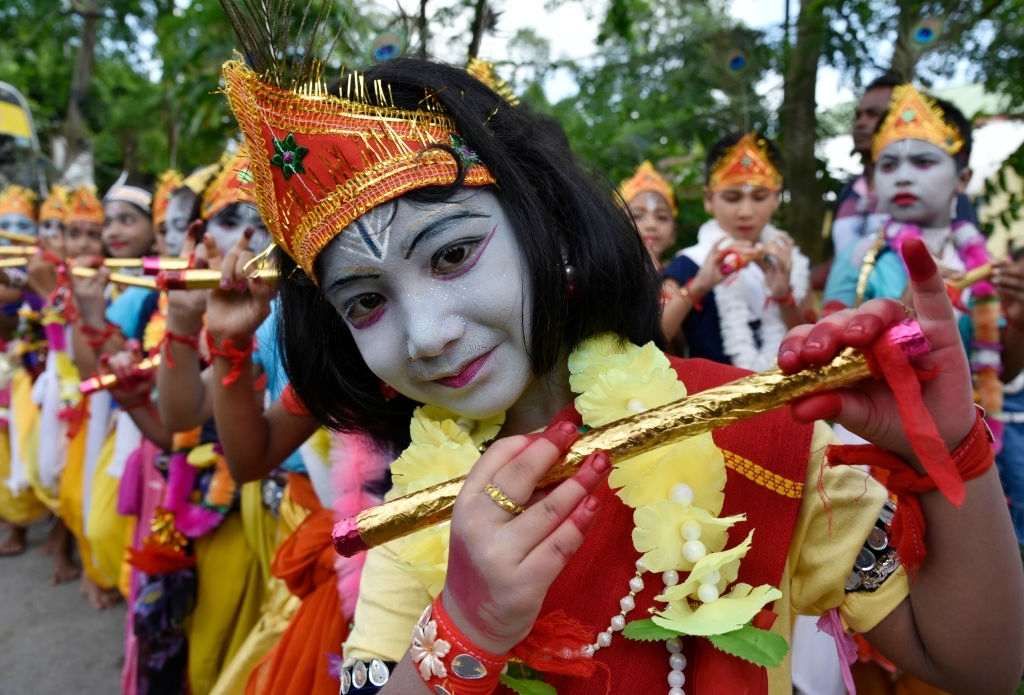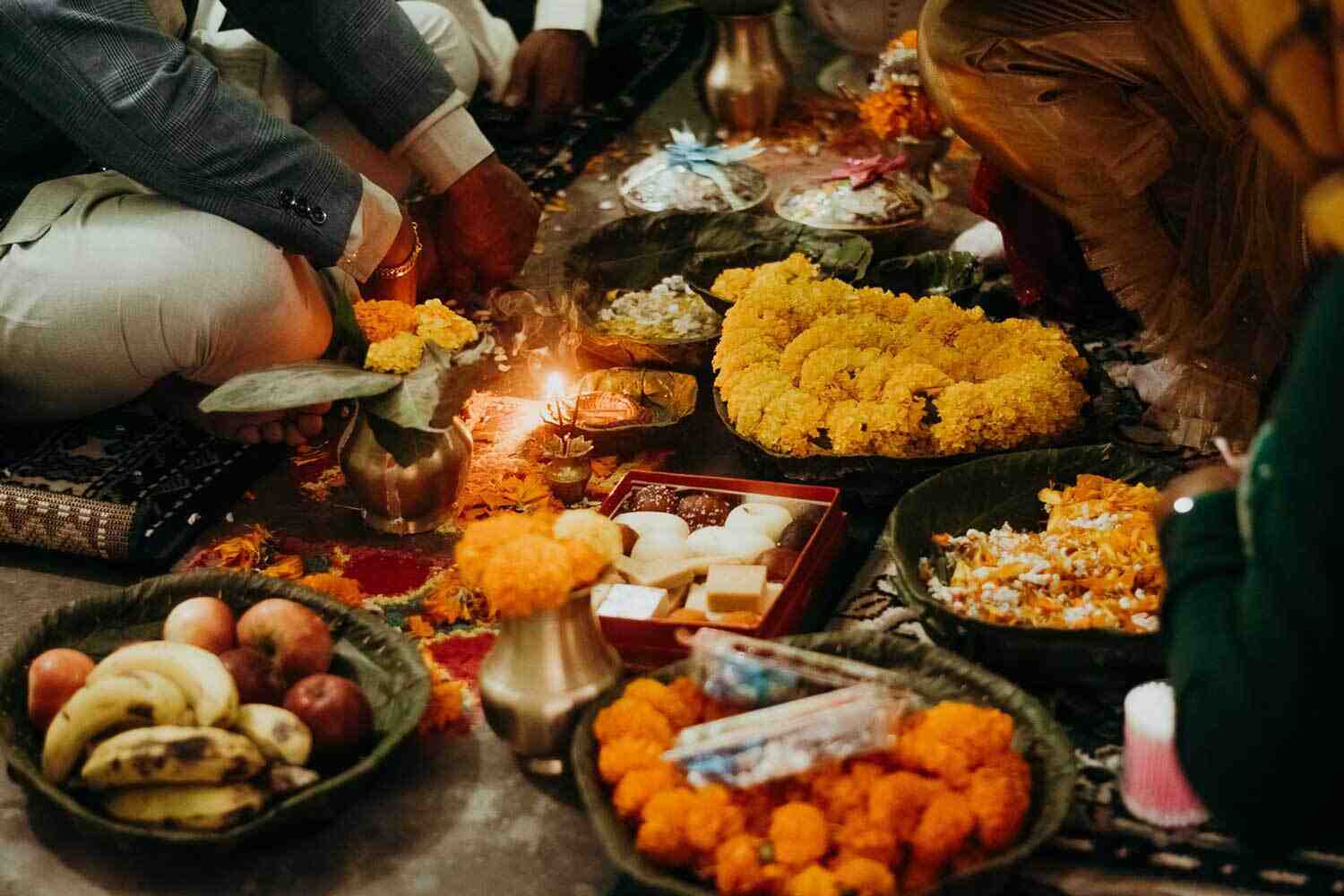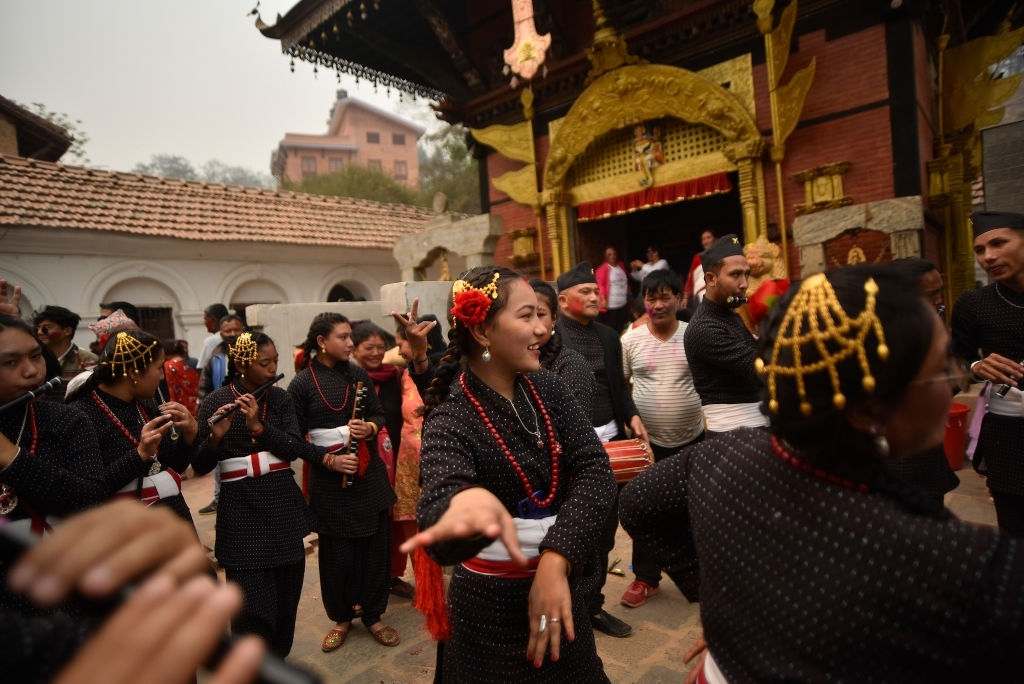An overview
In the Nepalese and Indian states of Sikkim and West Bengal, in particular, Darjeeling and Kalimpong, which house a high number of ethnically Nepalese residents, Tihar is also known as Deepawali and Yamapanchak or Swantis. Tihar is analogous, although with some notable changes, to the Diwali Indian festival of lights. As with Diwali, Tihars has light diyas inside and outside the home but the five days of Tihar, as opposed to the Indian festivities, involve the celebration and adoration of the four beasts linked with the Hindu god of death of Yama.
Tihar is second biggest festival of Nepal after dashain. The celebration begins on the Trayodashi of the Kartik Krishna Paksha in the VikramSamvat calendar and finishes with Bhai (brother) Tika in KartikSuklaPaksha'sDwitiya each year. Every year, the event ends with the Kaag (crow) Tihar. Every year from October through November, the celebration is on the Gregorian calendar. Not only in Kathmandu, Tihar is celebrated all over Nepal.
The five days of Tihar
Day One: Kag Tihar (Crow Puja)
Crows are venerated and fed in the early morning on the first day of Tihar. For crows to eat, people leave various food things outside. Crow is regarded as the death messenger. People think the crow gets the messages in the morning into the house. People love to bring their own good luck.
Day Two: Kukur Tihar (Dog Puja)
Tihar's second day is dedicated to humanity's most faithful friend. Kukur, the dog, Puja, is done with a red tika on his brow and the floral garland on his neck, which gives him food and saltiness. Male canines are generally adorated. The dog is told that the threats could be seen and death may come.
Day Three: GaiTihar(Cow Puja)/Lord Laxmi Puja
Cows are worshiped in the morning on the third day of Tihar. Sesame oil, flower garland, and crimson color are adorned to the cows (abir). The fodder for cows is wheat flour, salt rots, rice, and dal. The followers are trying to pass between the cow's four legs. Now, as we grow up drinking milk, is seen as a mother in the Hindu religion. Some seem like cow Goddess Lakshmi, the rich and prosperous goddess. We clean our dwellings in the afternoon, paint floors of Red Mud (RatoMato), cow dung (gobar). GaiTiharare little circle created and ornamented with bright decorations in front of the main doorway. It is called rangoli by some.
From the main entrance to puja kotha(room), small designs of footpaths are painted. The footsteps of the goddess Lakshmi are thought to be. Candles or pala are lit throughout the house to make it lovely and light. The night's singing songs to ask for money and food are a historic tradition. Girls and children usually go to neighbors and sing traditional Bhailo songs. The songs are named "Bhailo" and Bhailini songs.
Day Four: GoruTihar and Mach (aatma, or self) Puja Govardhan Parbat ko puja
On the puja GovardhanGoruTihar is performed using three different puja kinds. We worship oxen or Goru Puja. We also play Govardhan Puja, made by the use of Cow Dung for the hill of Govardhan Parbat. In Hindu culture, cow excrement has great importance. From the light in the night (methane) to shiny mud flooring in traditional houses, it was employed in bygone times. In the Hindu tradition of Nepal, no Puja is still available without cow dung. This evening, Maha Puja, also known as self-puja, performs in Newar. It's done to cleanse our bodies.
A Mandap with Saipatri, sweets, and fruits, and a specific Mala (garland) with thread is maintained at this puja. This is a Mandap with a marigold flower. There is one Mandap for every family member. A woman in the household offers a Sagun with her hands crossed to the individual who sits on the mandap. In general, Shagun consists of fried eggs, fruit, candies, meat, fish, lentils, and baking. Rakshi on the right side with egg and fish and (homemade alcohol). Nepal's Sambat, Newari's New Year, also begins today. In the night many children from Nepal and young men go home singing the hymn of Deusi (Aahaibhanamerabhai ho deusi re bhananabhanadeusere). Deusi resembles Bhailo quite similarly. For female, Bhailo, and for male, Deusi. But there's such a distinction now a few days. People are going to celebrate Bhailo and deusi in a group of males and girls.
Day Five: BhaiTika or BhaiDuj







